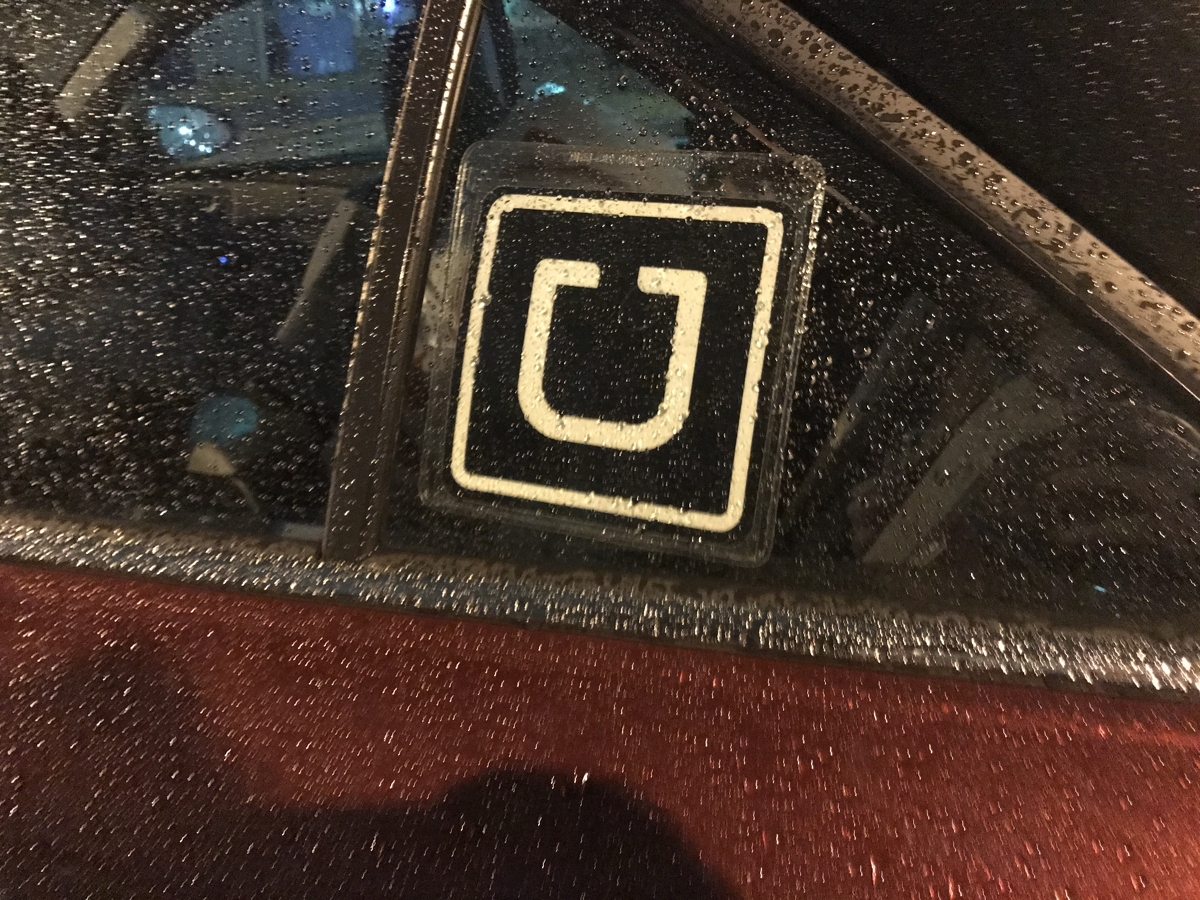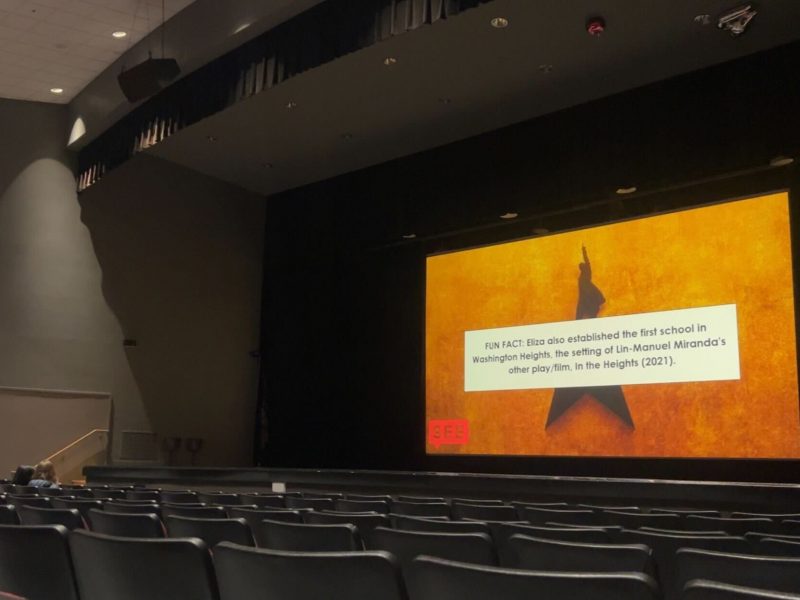For millennials, ubering to class is no new phenomenon. Rather than making the roughly mile-long trek from one end of the University of Maryland campus to the other, students choose ride-sharing services for one main reason — they’re easy. A quick ride across campus will cost you anywhere between $5 to $6, but in turn, it would save your breath. While multiple cross-campus trips can add up, a 15-minute walk in rain or snow can be less attractive than the door-to-door service offered through companies such as Lyft and Uber.
“It’s quick,” said Ari Riske, a sophomore business analytics and operations management major.
Riske, a frequent Uber user, notes fatigue and weather conditions as the two main reasons she uses ride-sharing services.
“I’m from Boston,” Riske said. “So a lot of the time, if I get back late from a flight home, I’ll usually Uber to class the next day.”
However, for many students, fatigue is but one step of the equation. The distance between North campus dorms and academic buildings such as Van Munching Hall creates numerous problems for many first- and second-year students.
“I lived in LaPlata for two years and had classes in Van Munching,” said Zach Azrael, a junior information systems and management major. “It’s a 25-minute walk. So if it was ever raining or cold, I’d take an Uber.”
While this university’s bus system is one solution to the problem, Azrael notes the system can be “impractical” at times.
“I’ve definitely taken the bus less than 10 times in the two and a half years that I’ve been here,” Azrael said. “The bus system doesn’t always go where you want it to.”
Some buses such as the Green or Orange don’t start running until after 5:30 p.m., while a few others don’t run at all during the weekend.
Cara Plewinski, Department of Transportation Services spokeswoman, recommends that students use NextBus, an app which provides students with “live updates based on stop” and is accessible through the DOTS website.
On any bustling college campus, construction, traffic and emergencies are inevitable and, according to Plewinski, can result in a “natural delay.”
However, Plewinski says DOTS’ new Smart Commute initiative is the solution to overcrowding and student issues with the bus system.
The initiative promotes sustainability through ride-sharing. Plewinski describes it as “a digital platform that anyone … [who] is part of the campus community, staff or student, can register for.” While the service does not operate with businesses such as Uber or Lyft, it connects individuals traveling to the same destination from a similar starting point through an app, which also accounts for the quickest biking or walking routes on campus, Plewinski said.
But Azrael is skeptical as to whether students will take advantage of an expanded transportation system.
“I just don’t know if there’s a big enough population to want it,” he said. “I’m sure that people would appreciate it, I just don’t know how much money it would require.”



